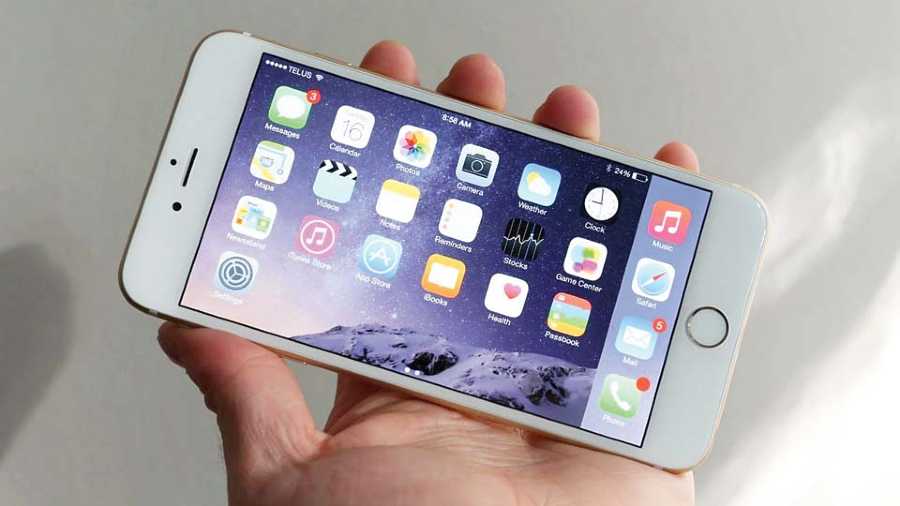More than two years into the coronavirus pandemic, Apple made a big push on Monday to return to normalcy by inviting hundreds of software developers and journalists to its campus for an unveiling of its latest software systems, which included an overhaul to the first thing every iPhone user looks at: the lock screen.
The company said it was bringing more personalisation to the iPhone, with the ability to customise the lock screen with colours, widgets and live activities. The new software will let iPhone users create custom lock screens for different scenarios — like a screen for work that shows a preview of a calendar, or a personal screen that shows exercise activity data.
The new software features, part of Apple’s new iOS 16 operating system for iPhones, mirrored those that Google introduced for its Android system in 2021. Google created Material You, an offering that allows users to change the look of their lock screens by pulling from colours in their home screen wallpapers.
In addition to those updates, Apple said it was overhauling its messaging system, allowing people to recall and edit texts after they’ve been sent. There also is a new ability to compose messages by fluidly switching between typing text and dictating voice commands.
The company also unveiled Safety Check, an ability for iPhone users to share personal data with others, like location, and revoke that access to escape an abusive relationship.
The presentation was the first time Apple has invited guests to its campus for a major event since 2019. In light of rising Covid-19 cases in the Bay Area, the company set up screens and chairs outside the cafeteria at the heart of its $5 billion campus, Apple Park. Attendees included developers, journalists and retail employees, a group that Apple is eager to improve relations with amid a rise in union organising.
The software updates come amid a lull in the introduction of new products from a company that the co-founder Steve Jobs made synonymous with revolutionary new devices. Apple last unveiled a new product category, wearables, in 2014 when it introduced the Apple Watch.
(New York Times News Service)











